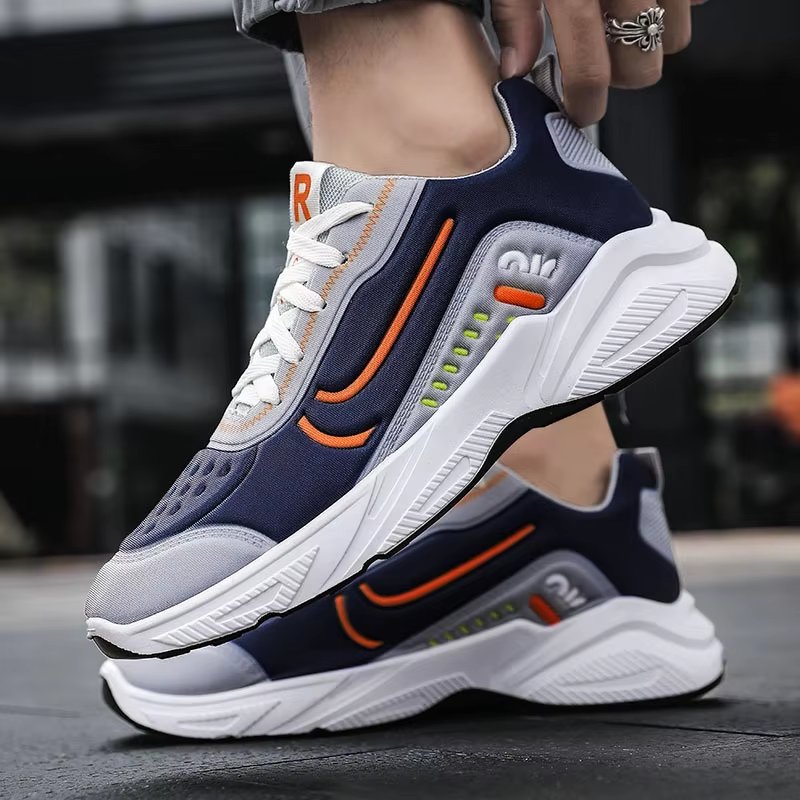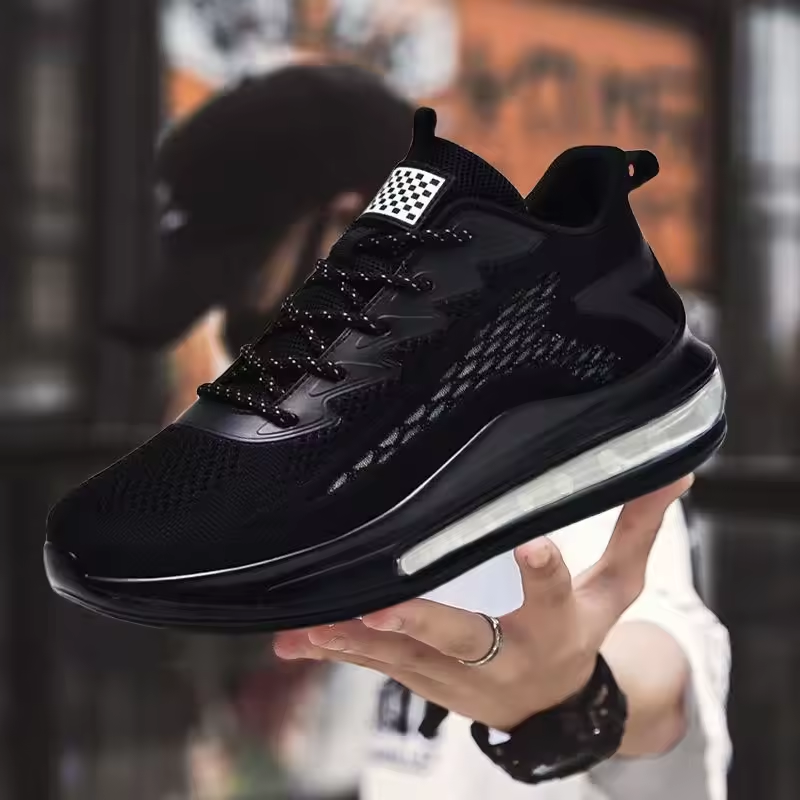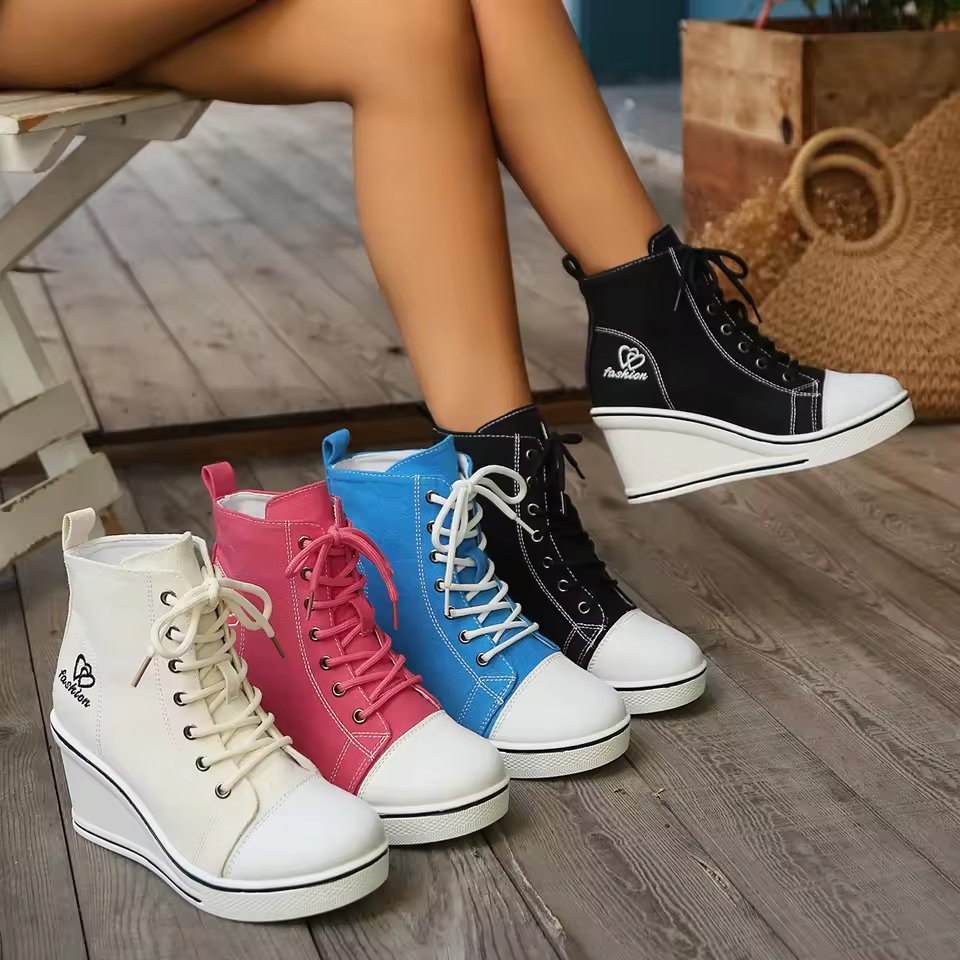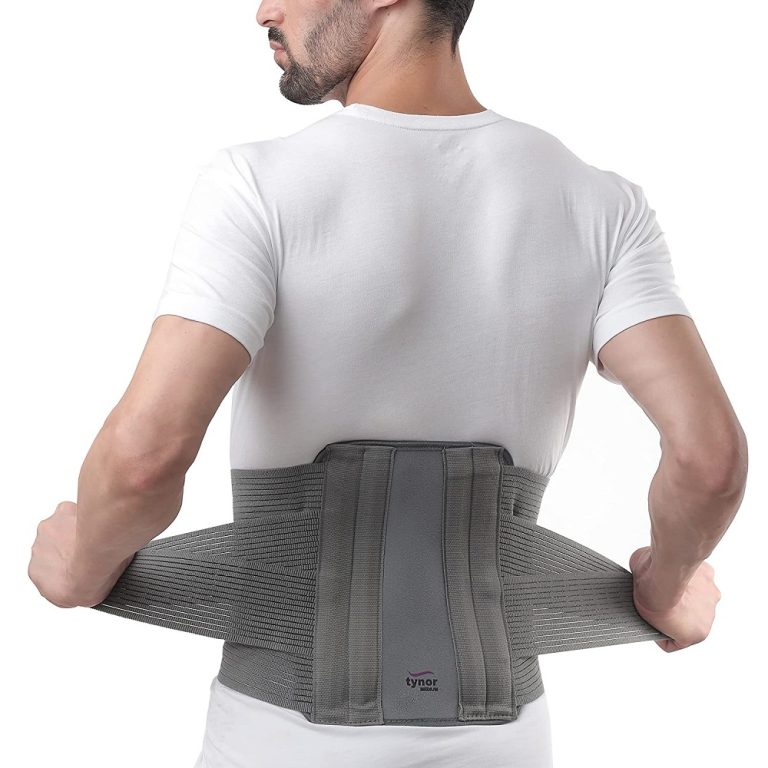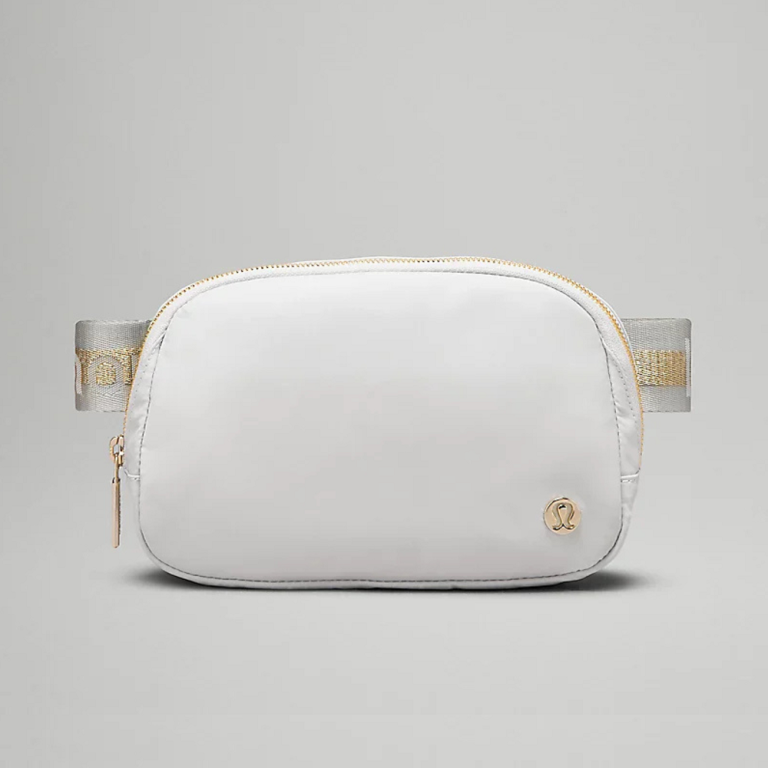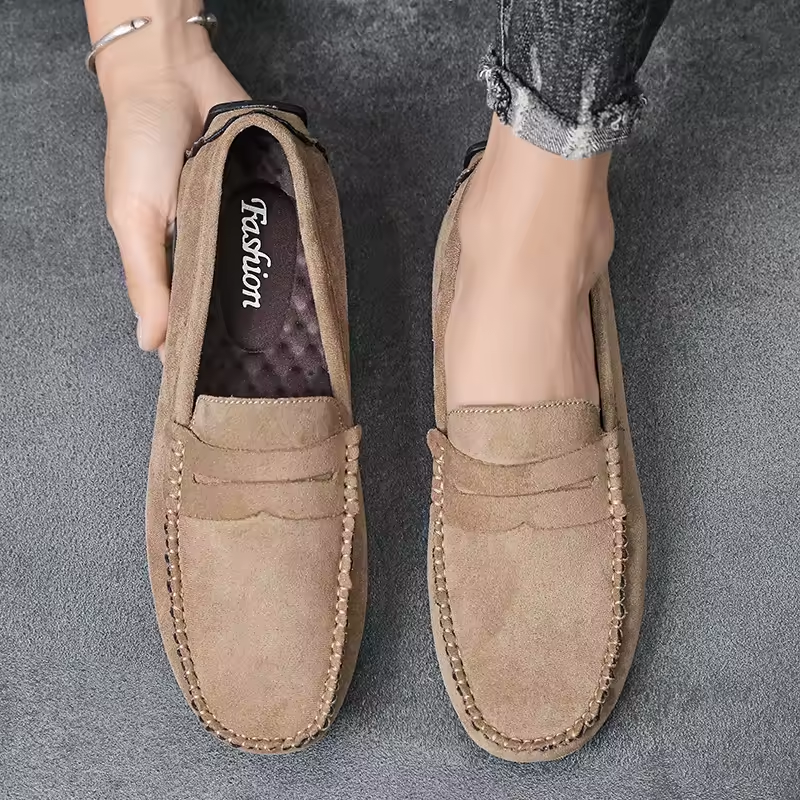Importance of the Right Running Shoes
Selecting the right sports shoes for running is crucial for your performance. These shoes protect your feet and ankles from injury. They also ensure comfort and support while you run. Without the right shoes, you can face stress on your feet, knees, and back. The impact can cause long-term damage. It is not just about comfort. It is about preventing injuries and improving your running efficiency. Sports shoes for running are designed differently than regular footwear. They have special features that help with speed and stability.
Good running shoes can absorb the shock of your feet hitting the pavement. They help maintain proper form throughout your run. High-quality running shoes may also prevent common running issues. These include blisters, shin splints, and plantar fasciitis. Remember that the right shoes differ for each person. They depend on your unique foot shape and how you move. Always choose running shoes with your specific needs in mind.
Key Features to Look for in Running Shoes
When selecting sports shoes for running, certain features can enhance your performance and safeguard against injury. Bearing in mind the importance of right fit to avoid issues, let’s explore key attributes that define the best running shoes.
Cushioning and Support
Opt for shoes with adequate cushioning to absorb impact as your feet hit the ground. This feature is vital for reducing stress on your joints. Look for a supportive midsole that aligns with your arch type. This will maintain your foot’s natural movement and prevent overpronation or supination.
Fit and Comfort
Your running shoes should fit snugly without squeezing your feet. There should be enough room in the toe box to allow for foot expansion during long runs. Make sure the heel counter holds your heel securely in place. Comfort is non-negotiable; it can make or break your running experience.
Durability and Material Quality
High-quality materials ensure your shoes withstand wear and tear from regular runs. Durable fabrics and overlays offer protection and add to the shoe’s longevity. It’s worth investing in shoes that won’t break down quickly and compromise your performance or safety.
Traction and Surface Adaptability
The outer sole should provide a good grip across different running surfaces. Whether you’re running on wet pavement, gravel, or trails, your shoes should offer stability. Some shoes are designed for specific terrains, so consider where you’ll be running most often when making your choice.
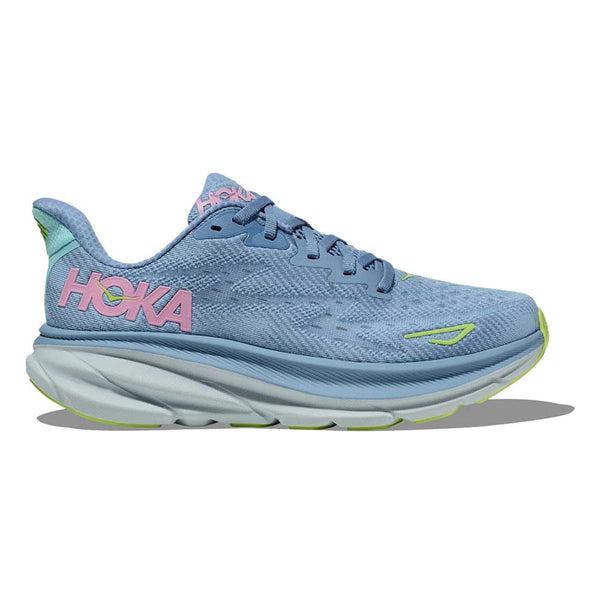
Types of Running Shoes
When looking at sports shoes for running, it’s essential to know the different types available. Each type caters to a specific running environment and has unique features that provide support and performance advantages for its intended use.
Road Running Shoes
Road running shoes are designed for the asphalt and concrete runners typically encounter in cities and parks. Key features include:
- Lightweight construction to enhance your speed and reduce fatigue.
- Cushioned midsoles that absorb shock on hard surfaces.
- Flexible soles designed for the flat and hard terrain of streets and sidewalks.
When choosing road running shoes, consider the level of cushioning and support needed based on your mileage and running style.
Trail Running Shoes
Trail running shoes are a durable choice for off-road runners who face rugged terrain. Their design considerations include:
- Enhanced grip with deeper lugs on the soles to handle dirt, mud, and rocks.
- Reinforced toe caps and side supports to protect against obstacles.
- Sturdy materials that resist abrasion from rough trails.
Trail running shoes offer more stability and underfoot protection to navigate trails safely and with confidence.
Racing Flats and Spikes
Racing flats and spikes are specialized sports shoes for running aimed at competitive runners. They showcase features such as:
- Minimalist design for a lightweight feel to increase speed.
- Spikes on the bottom for added traction on tracks.
- Less cushioning, which is suitable for shorter distances or track events.
Choose racing flats or spikes if your focus is on racing and you’re looking for a competitive edge. These shoes are not recommended for long-distance running due to their minimal cushioning.
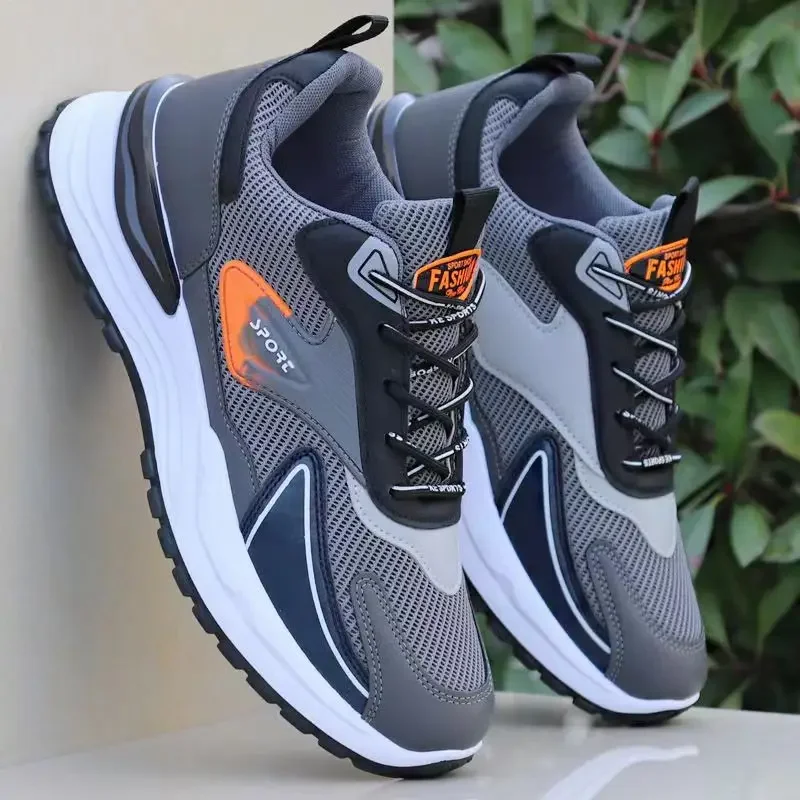
Understanding Pronation and Shoe Selection
When selecting sports shoes for running, understanding your pronation is key. Pronation refers to how your foot rolls inward when you run. This natural movement helps absorb impact. However, everyone pronates differently, which affects shoe choice.
Normal Pronation
With normal pronation, your foot rolls inward at a healthy level. You have a balanced stride. Look for running shoes with moderate cushioning and support. They will complement your natural gait.
Overpronation
Overpronation means your foot rolls inward too much. This can lead to strain on ankles and knees. Pick shoes with structured cushioning and stability. They help correct your motion and prevent injuries.
Underpronation (Supination)
If you underpronate, your foot doesn’t roll inward enough, stressing the outer foot. Choose shoes with plenty of cushioning. This will help absorb the shock your foot doesn’t naturally.
Pronation is a crucial factor in selecting the right sports shoes for running. Shoes tailored to your pronation type will enhance comfort, performance, and safety. They aim to support your feet’s unique rolling motion effectively. Hence, it’s important to know your pronation type before making a purchase.
How to Determine Your Foot Type and Gait
Determining your foot type and gait is essential when choosing sports shoes for running. This knowledge helps match the shoe’s design to your specific biomechanics, ensuring maximum comfort and reducing injury risk. Here’s how to identify your foot type and gait:
Assess Your Foot Arch
Examine the arches of your feet. You can have a normal, high, or low arch. A simple ‘wet test’ can reveal this. Wet your feet and step onto a flat surface. The imprint left behind indicates your arch type. A full footprint suggests a low arch, while a missing middle section hints at a high arch. A moderate middle area means a normal arch.
Analyze Your Gait
Your gait refers to how you walk and run. Visit a specialty running store and request a gait analysis. Professionals use video analysis to observe how you run. They detect pronation and stride issues. You can also record yourself running on a treadmill. Look at the angle of your foot as it strikes and leaves the ground.
Check Wear Patterns on Old Shoes
Inspect your old sports shoes for uneven wear patterns. Heavy wear on the shoe’s inside edge often means overpronation. Wear on the outer edge signifies underpronation. An even wear pattern usually indicates a neutral gait.
Understanding your foot type and gait directs you to the correct sports shoes for running. Combined with the information on cushioning and support, durability, and traction, you will be better equipped to find the ideal match for your feet and running style. Always remember, the right shoes can enhance your performance and help you run injury-free.

The Role of Technology in Running Shoe Design
In the world of sports shoes for running, technology plays a pivotal role. Innovations in design and materials enhance the performance, comfort, and durability of running shoes. Here are key technologies influencing running shoe design:
Advanced Materials
Modern running shoes are crafted with advanced materials for better durability and performance. Examples include lightweight, breathable mesh for comfort and synthetic overlays for added support.
Cushioning Technologies
Brands develop proprietary cushioning systems like gels, foams, and air pockets. These help in absorbing impact and providing a responsive feel underfoot.
Sole Technology
Sole innovations offer improved traction and adaptability to different terrains. Rubber compounds and tread patterns are tailored to specific running conditions.
3D Printing
3D printing is a breakthrough in customizing shoe design to fit individual feet perfectly. It allows for precision in creating components like midsoles that match a runner’s specific needs.
Smart Sensors
Some sports shoes come equipped with sensors. They track performance metrics like distance, speed, and calories burned, giving runners real-time feedback.
Biomechanical Research
Ongoing research in biomechanics contributes to designing shoes that support natural foot movement. Understanding pronation and gait patterns leads to better shoe models for all types of runners.
Adopting these technologies, sports shoes for running are transforming. They are becoming more than just footwear. They are tools equipped with advanced features for optimized running experiences. Always consider how these technologies align with your specific needs when selecting your next pair of running shoes.
When to Replace Your Running Shoes
Knowing when to replace your sports shoes for running is as important as the initial selection. Old or worn-out shoes can harm your performance. They also increase injury risks. Here’s what to look out for to decide when it’s time for a new pair:
Monitor Mileage
Track the miles you’ve logged in your shoes. Most running shoes last between 300 and 500 miles. If you’ve reached this range, it’s time to consider new shoes.
Check for Wear and Tear
Inspect your shoes regularly. Look for worn soles, torn materials, or a diminished tread. These signs show they’re no longer offering proper support and traction.
Feel Your Comfort and Cushioning
Notice changes in the shoe’s comfort level. If the cushioning feels less springy or if you develop new aches, your shoes might be to blame.
Watch for Uneven Wear Patterns
Uneven wear can alter your gait and cause issues. If the shoes wear more on one side, they may not be supporting your foot correctly.
Listen to Your Body
Pay attention to your body’s signals. Unusual pains after running could mean your shoes aren’t providing enough protection anymore.
Replacing your sports shoes for running at the right time will maintain your comfort. It also safeguards against injuries and ensures your runs are effective. Don’t wait until your shoes are falling apart. Stay proactive about assessing their condition. Choose new running shoes that will continue to support your performance and feet health.
